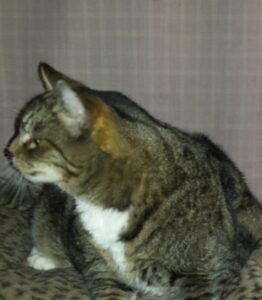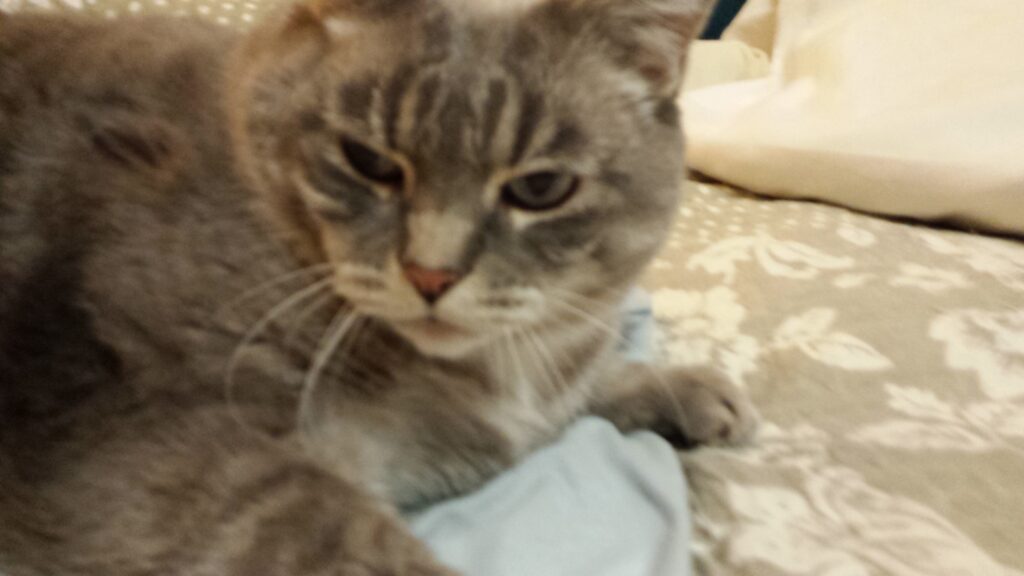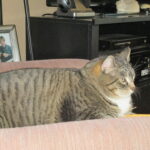
Our fictional characters can make or break our fiction. The challenge for all of us is to paint characters in a three-dimensional way. What do I mean by three-dimensional characters?
Writing Tip for Today: Here are tips for writing better 3-D characters:
Like Real Life But Different
We often hear it said about writing dialogue—it’s sounds like real speech but isn’t. The same idea holds true for your characters. Characters must seem lifelike to readers. A flat or two-dimensional character can’t effectively evoke reader emotions.
Yet when you give your characters “lifelike” qualities, be careful. In life, we often are indecisive. Many of us shy away from conflict or let our dreams fade away. In fiction, your character can’t afford to be so wishy-washy. Every scene must contain conflict that your character must face, react to and decide what to do next. A character who doesn’t know what he wants is a character that readers may not wish to follow.
Your 3-D character can and should have flaws, self-doubt and times of angst. Yet the story (and character) goal overall must never be allowed to wither as the story unfolds. In life we sometimes give up and lose sight of our deepest desires. In fiction, this goal must be maintained in some way, even if the character loses hope at times.
Qualities and Habits and Tags—Oh My!
To make characters more three-dimensional, writers often give them tags, or little habits that help readers envision the character and keep them straight in their minds. A guy who jingles change in his pants pocket, a woman who always seems to have lipstick on her teeth, a kid who lisps. These kinds of character tags enliven the reader experience.
Unfortunately, these tags can also seem cliché. Think of the bad guy with a toothpick in his mouth or a vamp wearing fishnet stockings. To make your characters more 3-D, give them qualities. Nothing wrong with tags or habits, but qualities can make a character more unforgettable.
Give characters qualities that readers can resonate with, and these fictional folks will make a more lasting impression. Honesty, truthfulness, generosity and loyalty are a few ideas. How your character demonstrates these qualities will depend on your story, but readers will recognize and identify with qualities we all admire.

Give characters qualities like honesty, generosity or loyalty.
Build a 3-D World
Your 3-D character will appear larger-than-life if you place her in a world that is also three-dimensional. Your setting, supporting characters and tension build-up can all contribute to a three-dimensional reader experience.
Your setting functions as much more than location. It can also be a metaphor for the struggles your character faces in the story. Paint your setting with specifics and then place your character somehow at odds with it. Your supporting characters also contribute to your main character’s way of pursuing the goal. Give bad guys some good qualities, give sidekicks some flaws. Nobody’s perfect.
How you build tension with rising action also reflects how 3-D or flat the story feels to readers. Each scene must be harder to win at than the last. Your character needs to lose a lot—but get back up again to inch toward that story goal. How your character handles adversity predicts how readers react and whether they keep reading. Strive to give your character more three-dimensional aspects to make your fiction unforgettable.
To help you write 3-D scenes, here’s a free pdf handout:




